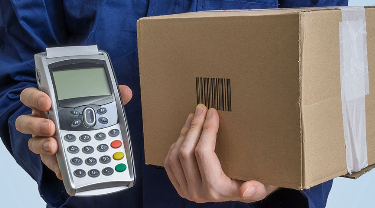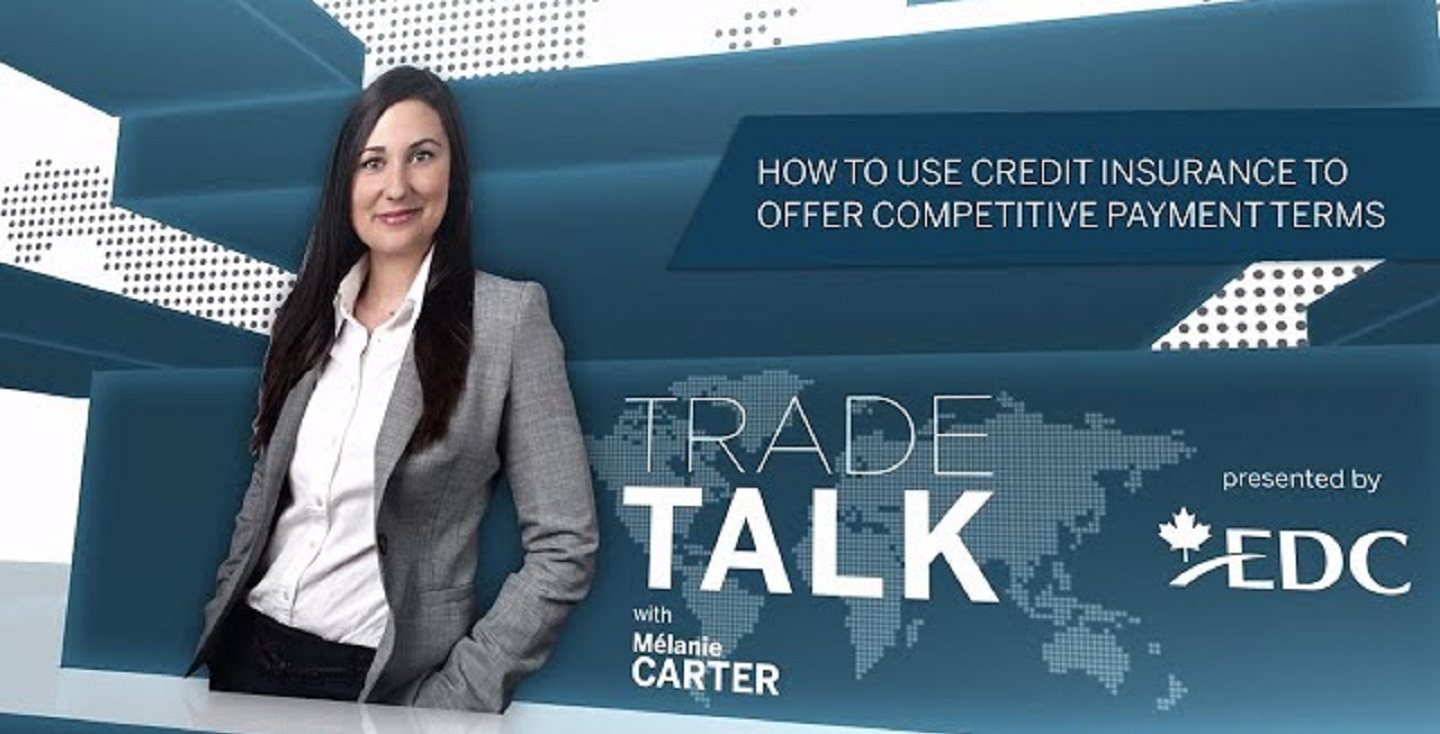It’s a fine line to balance. You want to offer your customers attractive payment terms to encourage them to do business with you, but at the same time, you want your money as soon as possible, so you can run your daily operations and invest in future growth.
While this challenge is present with all business transactions, it carries more risk when dealing internationally, explains Sarah van Wolde, Senior Underwriter at Export Development Canada (EDC).
Terms that are too lenient may give the impression there is no urgency for payment. This can lead to late payment or even default, causing problems for your cash flow.
“Terms that are too lenient may give the impression there is no urgency for payment. This can lead to late payment or even default, causing problems for your cash flow,” says van Wolde. “Generally, it’s harder to collect on payments in another country, even the United States. This increases your risk.”
The trick is to choose payment strategies that will attract overseas buyers and even give you an advantage over your competitors, while keeping your financial risks under control. In most international sales, exporters use one of the following financial instruments to manage payment, each with various strengths and weaknesses depending on the situation.
Least risky, but also least attractive to your buy
Cash in advance means just what it says: you’re paid for your products in advance of delivering your goods to the customer.
| Strengths | Weaknesses |
|---|---|
|
|
More security for exporter and buyer
A letter of credit, or LC, is a conditional payment method in which the issuing bank promises to pay you once you have complied with all the terms and conditions of the sale. Typically, once you and your customer have agreed on the terms of the sale, your customer arranges for its bank to prepare an LC based on the terms of sale. The bank then send the LC to your bank.
| Strengths: | Weaknesses: |
|---|---|
|
|
Less risk than an open account, but riskier than an LC
There are two basic types of documentary collections: documents against payment and documents against acceptance. For documents against payment, your Canadian bank sends a set of shipping documents to a correspondent bank in your customer’s market. When your goods arrive at the port of entry, the correspondent bank presents the documents to your customer. The customer pays the bank, receives the shipping documents in exchange, and uses them to release the goods from customs. The correspondent bank then sends the payment to you via your Canadian bank.
The process is almost identical for documents against acceptance, except you allow your customer to pay the correspondent bank on some specified future date. At that time, and on the customer’s payment, the correspondent bank releases the documents to the customer. You are then paid through your Canadian bank.
| Strengths: | Weaknesses: |
|---|---|
|
|
If you offer open account terms, you agree to ship your goods to your customer before you get paid. The customer promises to pay within a certain time after receiving the goods, typically within 30 to 180 days.
| Strengths: | Weaknesses: |
|---|---|
|
|
Choosing which payment method to use will require some thought and research. But, as van Wolde says, “If you carry out proper due diligence into your customer and your market, you’ll significantly lower your risk of non-payment, especially in established markets like the United States and much of the EU.”







